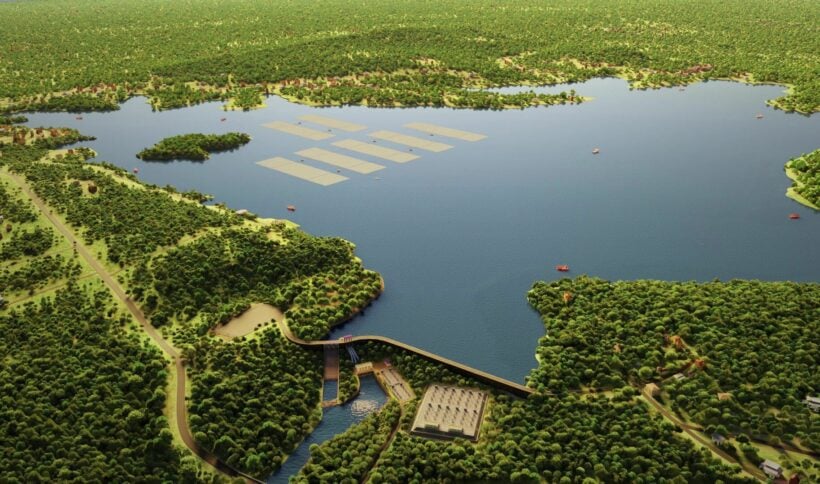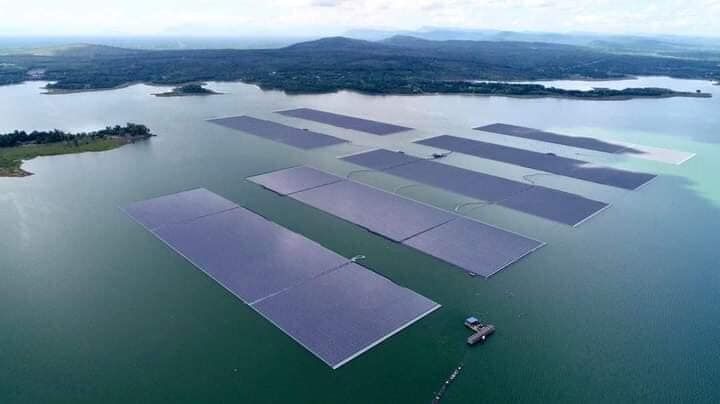Thailand leading race in climate change ahead of COP27

It is fitting ahead of the COP27 in Egypt that little Thailand appears to be leading the race in climate change.
Last week more than 90 heads of state and an estimated 35,000 representatives of 190 countries gathered at the 27th United Nations Climate Change Conference in Sharm El Sheikh, Egypt to discuss how to limit global temperature rises and the impacts on the climate. It is the first climate summit held in Africa since 2016.
The aim of the conference, which kicked off on November 6 and ends on November 18, is for wealthy countries to focus on ways to help developing nations phase out fossil fuels and transition to renewable energy. Who pays for the cost of change will provide some heated debate.
But while the globe’s dignitaries procrastinate and talk a lot of hot air, Thailand is walking the walk, not just talking the talk.
Thailand boasts the world’s largest floating solar farm, according to the BBC. It sits on top of the Sirindhorn Dam in northeastern Thailand.
With over 144,000 solar panels, it is the size of 70 football fields. The plant generates electricity from sunlight during the day and hydropower at night.

Head of Sirindhorn Dam Hydro-Solar Project Chanin Saleechanta is particularly proud of the farm.
“We generate 60 million kilowatt hours from the project. We are making the best use of resources. That is why we build a solar farm on water instead of on land.
“The materials used in this project are environmentally friendly. The mooring system is made of high-density polyethene, which is resistant to UV light degradation. It can last longer than 25 years.”
The farm cut greenhouse gas emissions by 47,000 tons since it went into operation last year. Thailand has vowed to be carbon neutral by 2050 but 70% of its power still comes from fossil fuels.
Thailand is planning 15 more floating solar farms but they will provide less than 10% of the energy it needs.
The US$35 million Sirindhorn project took nearly two years to build, a remarkable feat considering the programme has a number of Covid-19 delays, from late solar panel deliveries to technicians falling sick.
Most of the electricity generated by the floating hydro-solar farm goes to the provincial electricity authority, which distributes power to homes and businesses in provinces in the lower northeastern region of Thailand.
The kingdom has a number of environmental problems, certainly in the big cities, and there is a long way to go before it is clean and green. But along with China, and Singapore, they are setting an example to the so-called more civilized Western nations.
Latest Thailand News
Follow The Thaiger on Google News:


























